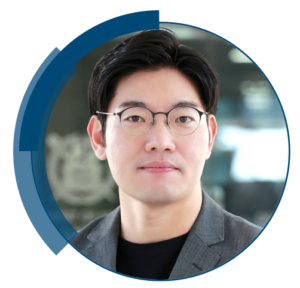We are delighted to announce that our Associate Editor for Journal of Materials Chemistry A and Materials Advances, Professor Kisuk Kang, was included in the annual Highly Cited Researcher list recently released by Clarivate!
Professor Kang answered our questions and told us about his recent work and the challenges he faces in his field.
Please could you provide a short summary of your most recent work?
I have been working on the discovery of new electrode chemistry for lithium-ion batteries and elucidating the limitations of conventional electrodes by combined first-principles calculations and experiments. Recently, we discovered a new iron-based compound that exhibits unusually high specific capacity, which could be possible by cumulatively harnessing the capacity from both conversion and intercalation reactions. While employing these two reactions in a reversible way has been challenging, we succeeded it by exploiting a new amorphous framework.
What is the current biggest challenge you face in your field?
Breaking the energy density ceiling of current lithium-ion batteries is one of the most essential tasks for the wide employment of electric vehicles and large-scale energy storage. We are revisiting the current lithium-ion batteries with respect to the degradation mechanism or synthetic route in order to provide a breakthrough solution by employing new capabilities of characterizations such as in situ TEM and theoretical tools.
What does it mean to you to be a Highly Cited Researcher? Why is it important and what advice would you give to up-and-coming scientists hoping to increase their visibility?
As a scientist, the dissemination of new knowledge is important, and good science deserves better exposure. I am grateful for having been selected as a Highly Cited Researcher for the last five years. I will keep trying to address the current important challenges for batteries and, in the course of it, hope to share the new findings with colleagues in the field through publications.










